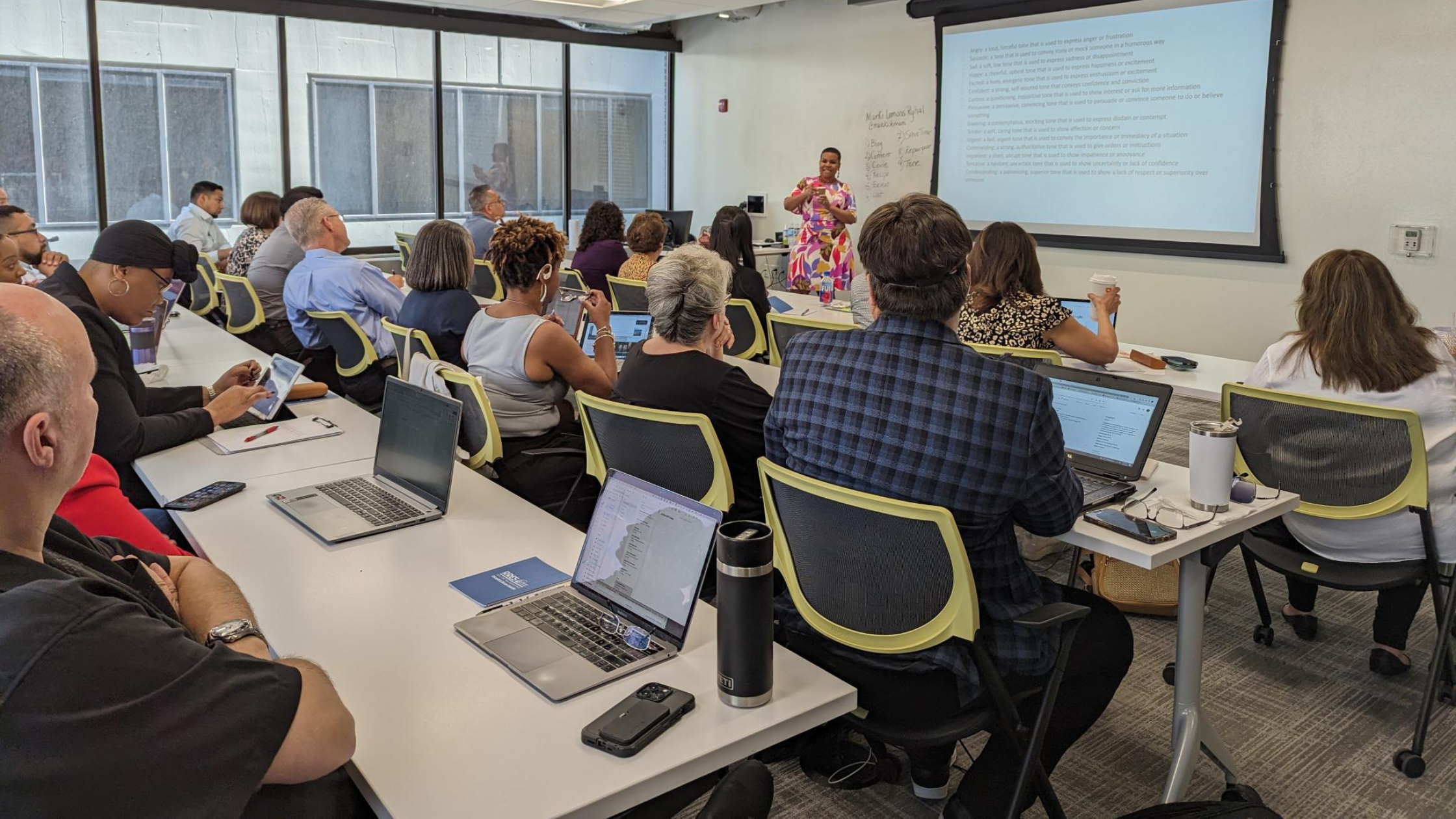Credit scores are a vital part of getting approved for a mortgage. Although a low credit score won’t take a buyer out of the running to receive a loan, no credit whatsoever – also known as credit invisibility – can make it extremely difficult to get approved.
During our 360° Summit, we hosted a panel, Re-Thinking Client Experiences: Leverage Multicultural Housing Data To Identify Opportunities & Drive Solutions, featuring a group of our Industry Partners. During the discussion, almost every panelist mentioned the importance of alternative lines of credit, and how it would help create more housing opportunities for minority populations.
According to the Consumer Financial Protection Bureau, 26 million Americans (about one in ten adults) do not have a credit history, and another 19 million have unscored credit records. This hits minority populations hardest, as Black and Hispanic populations are more likely to have limited credit records: approximately 15% of Black and Latino people are credit invisible, compared to 9% of white people. Additionally, 13% of Black and 12% of Hispanic individuals have unscorable records, compared to 7% of the white population.
The National Association of REALTORS®’ Tipping the SCALE: Will Alternative Data Promote or Impede Fair Lending Goals? report cited credit as the reason for mortgage denial for:
- 24.9% of Black people
- 18.5% for Non-Hispanic white people
- 16.2% Hispanic white people
- 9.3% of Asian people
Incorporating alternate data into credit evaluations can provide more opportunities to increase homeownership rates in minority populations. According to the same NAR report, there are three types of alternative data that can be used to positively impact credit reports.
#1: Credit Proxies
This report identifies credit proxies as a measurement of a consumer’s “creditworthiness.” Credit proxy would take into consideration a person’s performance on frequent payments that aren’t currently considered in credit scores, such as:
- Rent, utility and telecom payments
- Insurance payments
- Performance on payday loans
According to a study by Brookings, including utilities and telecom payments in the current scoring model for credit would increase the mortgage acceptance rates by about 10% for all populations; it would specifically increase the acceptance rates for Black and Latino communities by 20%.
#2: Banking Data
Of course, banking data is typically analyzed during the mortgage process; checking and savings account balances are taken into consideration when a mortgage is underwritten. However, this expanded bank data would look at markers like the average account balance each month or average deposits and withdrawals.
The Tipping the SCALE report provides more detail: “Combined with information on a consumer’s outstanding debts, information on their average discretionary income at the end of the month would provide a clearer indication of how much additional credit they could support, which in underwriting terms is known as the consumer’s ‘capacity’ to handle the loan.”
Experian’s new Boost product shows the effect this could have on consumers. Boost is a first-of-its-kind tool that helps individuals improve their FICO score through banking data, capturing utility, telecom and streaming service payments. The product showed including banking data with FICO scores would increase credit scores for 75% of individuals with credit scores below 680.
#3: Non-Financial Personal Data
Although controversial, the use of non-financial personal data – data that can be gathered from a digital footprint – is also an option for alternative lines of credit. However, it’s hard to determine the accuracy of this information, which is what makes this the riskiest and most debated type of data.
What the REALTOR® Industry is Doing
NAR supports alternative credit scoring models aiming to responsibly expand mortgage credit for families. They believe that credit and lending communities and federal regulators should reassess the entire credit structure and look for ways to increase the availability of credit for qualified buyers who are good credit risks. Over the past few years, they have supported a variety of credit bills in Congress that would encourage the use of alternative data in credit reporting.
Our Industry Partners, including the Asian Real Estate Association of America (AREAA), the Dearborn REALTIST® Board (The National Association of Real Estate Brokers’ Chicago Chapter) and the National Association of Hispanic Real Estate Professionals (NAHREP), support and advocate for alternative credit options.
- According to AREAA’s three-point plan, people of Asian American & Pacific Islander (AAPI) heritage tend to be more risk averse and pay for products outright. “While this is typically conceived of as responsible financial habits, one of the side effects is Asian Americans having thin credit or no credit,” meaning AAPI populations can easily fall into credit invisibility. AREAA believes incorporating debts like rent, utility, internet and phone payments are “common sense additions that can help score more people without creating more risk for lenders.” AREAA supports H.R. 123, the Alternative Data for Additional Credit FHFA Program Reauthorization Act. The bill would create a pilot program under the National Housing Act that would allow additional credit rating information for mortgagors and prospective mortgagors under certain mortgages, which would provide better credit rates for the AAPI community while being accepted for more loans.
- In a statement to the Federal Housing Finance Agency in 2019, NAREB stated that, “Access to mortgage credit is the largest gatekeeper to the American Dream of homeownership.” Through the State of Housing in Black America Report, NAREB has repeatedly examined the need for more favorable policies around credit scores to help increase the homeownership rate of Black Americans.
- As a part of their efforts to expand access to affordable home loan financing, NAHREP supports the opportunity to, “Enhance appropriate credit access for nontraditional sources of income including income from self-employment, supplemental to a primary job, varies over time, comes from retirement assets, or is otherwise more difficult to establish as an ongoing stream of income used for mortgage qualification.”






